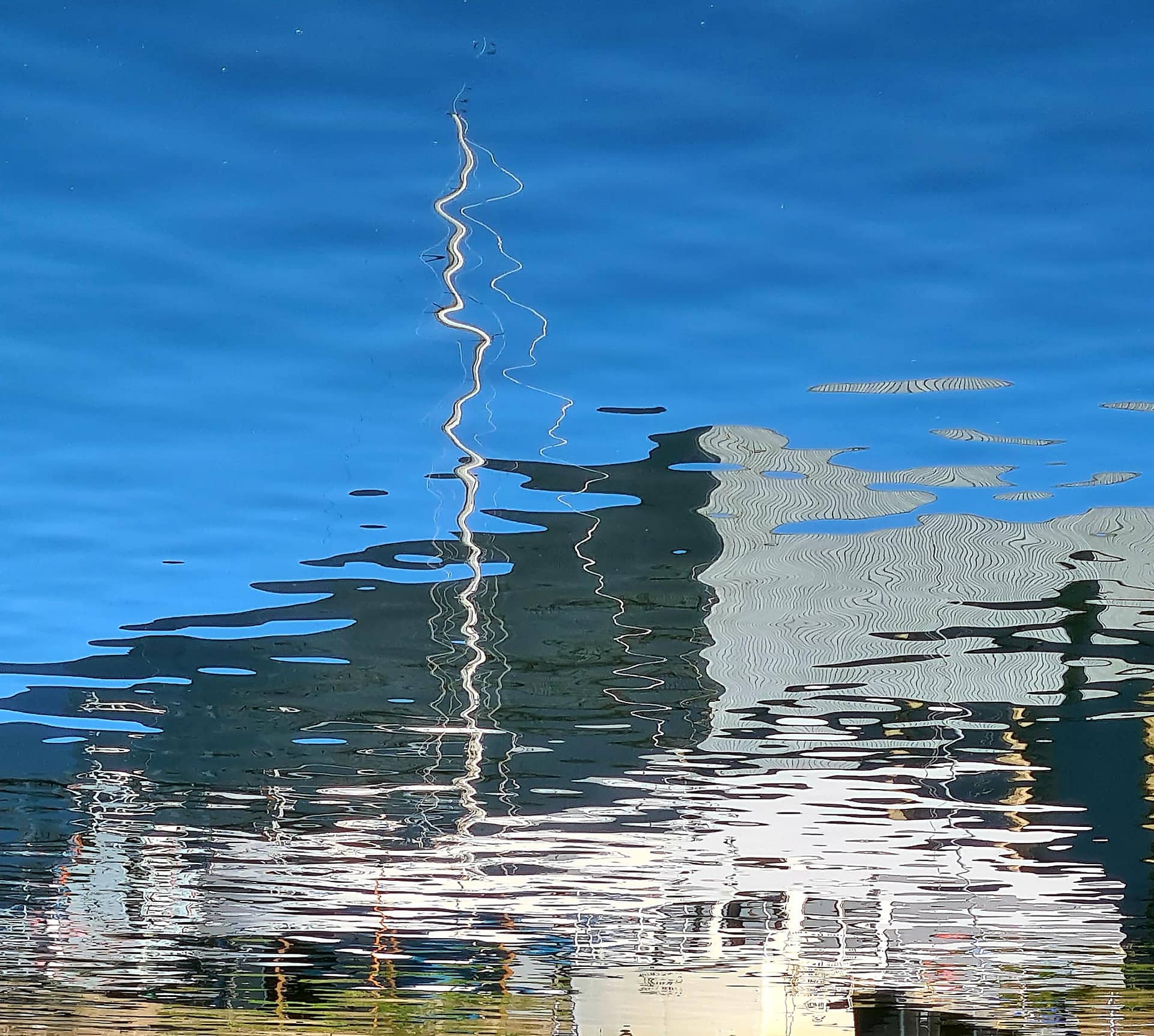Reflections on the Past
In the beginning, there was a tiny stream that flowed into the sea from a small lake. Right at the mouth of the stream was a natural harbor, only ten or so nautical miles away from the busy shipping route between Hanko and Stockholm. The place was the village of Dahl, located on the southern shore of the Kemiönsaari island and home to only a few inhabitants.
In the 1600s, Sweden was a powerful nation in northern Europe. The country’s wealth was based on abundant iron and copper mines. Its resources had been exploited for a long time already, and the country searched for new deposits from the eastern parts of the kingdom. In Stockholm, there was concern about the sufficiency of forests, and therefore attention was turned to Finland, where seemingly endless forest resources were found.
A few mills had already been established in southern Finland near the coast in the 1600s, and in 1686 permission was granted to establish a mill in the village of Dahl as well. Actual operations began in the early 1700s and continued almost uninterrupted until 2012, when FNsteel filed for bankruptcy. From a small mill, a large steel mill had grown, and around it, the Dalsbruk town was formed. The factory was at its largest in the 1970s, employing nearly 1200 workers. Today, the factory buildings have been repurposed, and in the summer the harbor is filled mainly with visiting boats. However, the harbor is still in its original location, and occasionally a real cargo ship visits the Skeppsholm pier.
In Dalsbruk, history can be seen everywhere as different layers. Lilla Masunträsk has shrunk, but it still exists. The stream that flowed into the sea has dried up, or rather its remnants have been directed into a pipe that trickles into the sea. Old brick-walled factory buildings, gray metallic factory halls, and a slightly shortened brick smokestack tell of the past. There are still houses standing that were built for the factory workers. There are also a few upper class mansions left, which now serve as restaurants and hotels.
Although the factory is no longer in operation, the community lives on. The last remaining “bruksarit” and their descendants are still there.The local people keep the memory of the factory alive with stories and tales of the mill and its history.
Fortunately, some of these stories have been recorded in books, which contain numerous pictures of the factory, the village, and its former residents. And as with all places that value their past, there is a museum in Dalsbruk, where the local history is recorded. Dahl village was and still is beautiful. The sea dominates the view, and the islands in front of the village provide protection from storms. The rocks rise high in places, and their steep edges make the landscape rugged. In contrast to that are the Masuuni Lakes, that have low shores and are marshy and provide a secluded resting place for many birds. Although the steel mill has modified the environment, nature has remained. From old photographs, you can see how the thick black smoke billowing from the factory chimneys used to cover the entire town. The current shores of Dalsbruk are not polluted by the coal or oil-powered factory, but the entire Baltic Sea is in a state of alert. The problem is not about individual polluters but about the accumulative waste that flows into the sea throughout the Baltic Sea region. For historians and history enthusiasts, the past is visible everywhere. It reflects on the present in the same way as the factory hall or the crane in the harbor. It exists, but only as a reflection.
